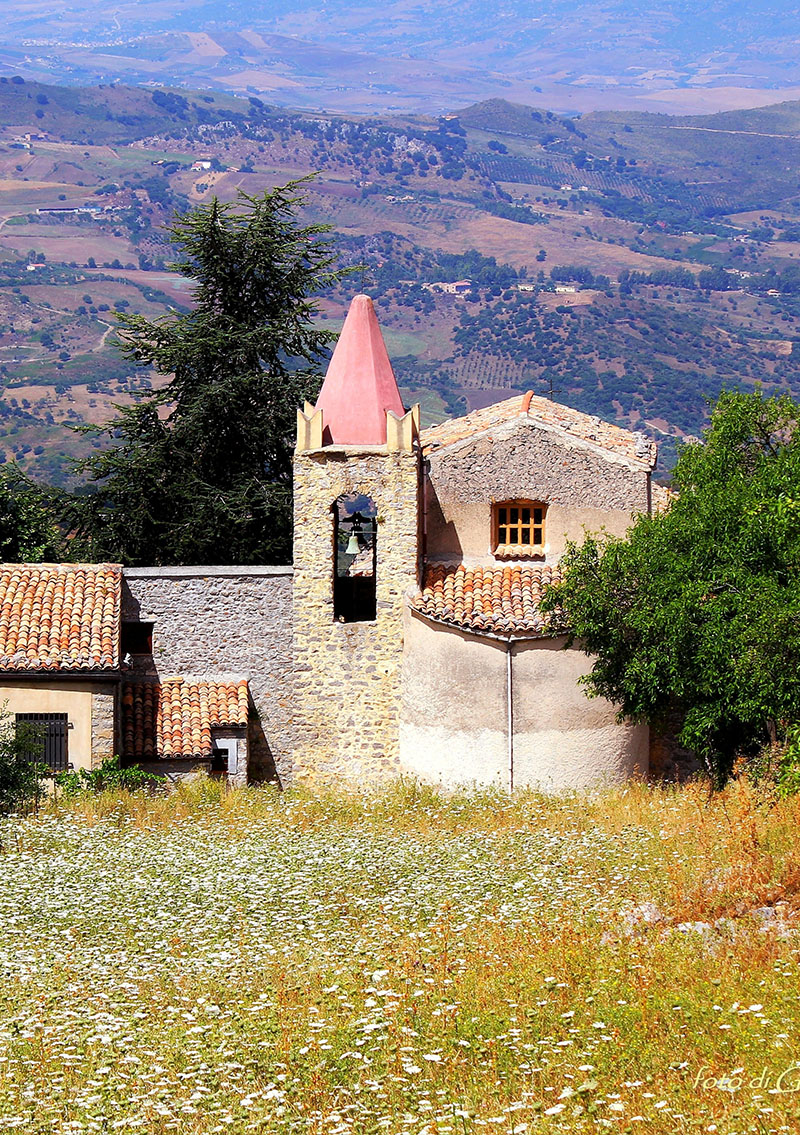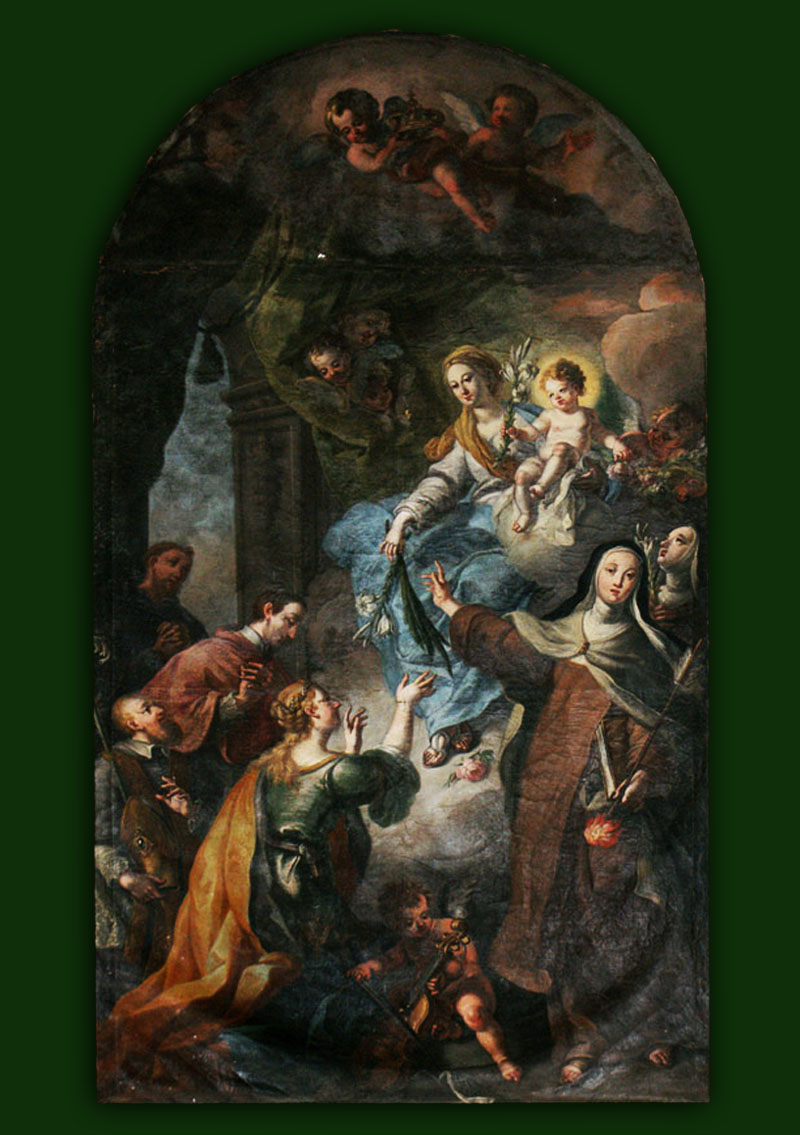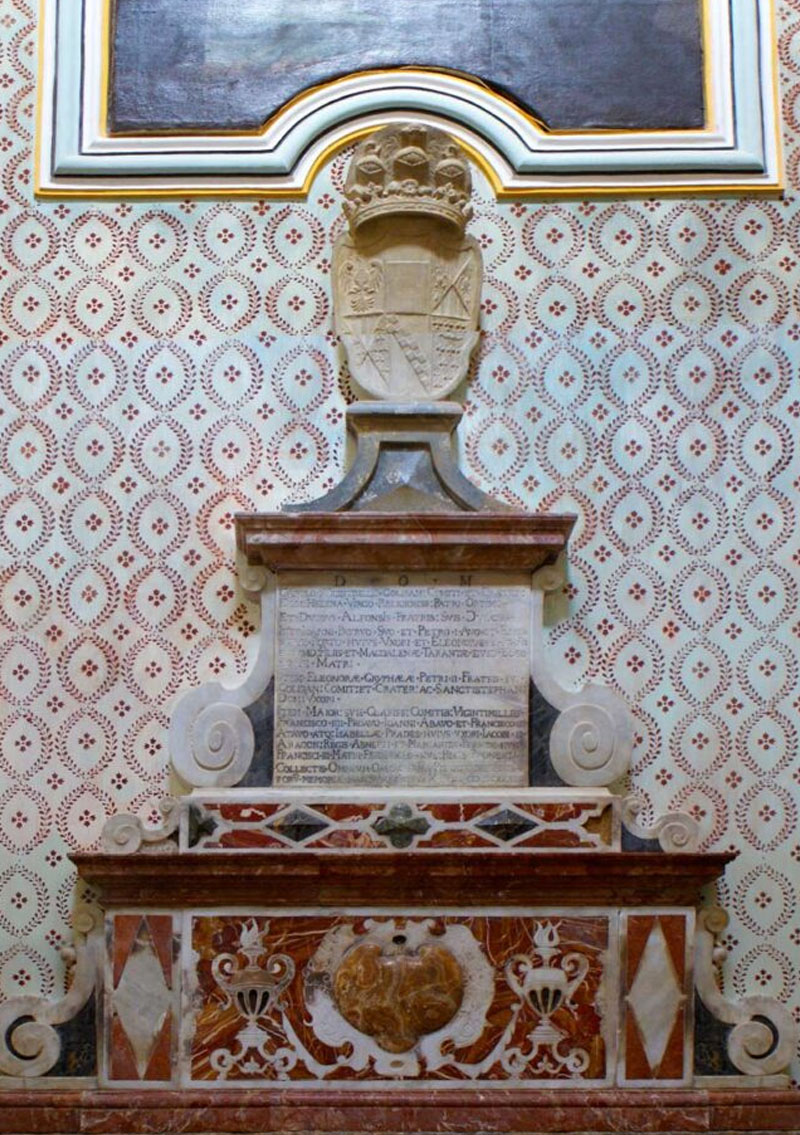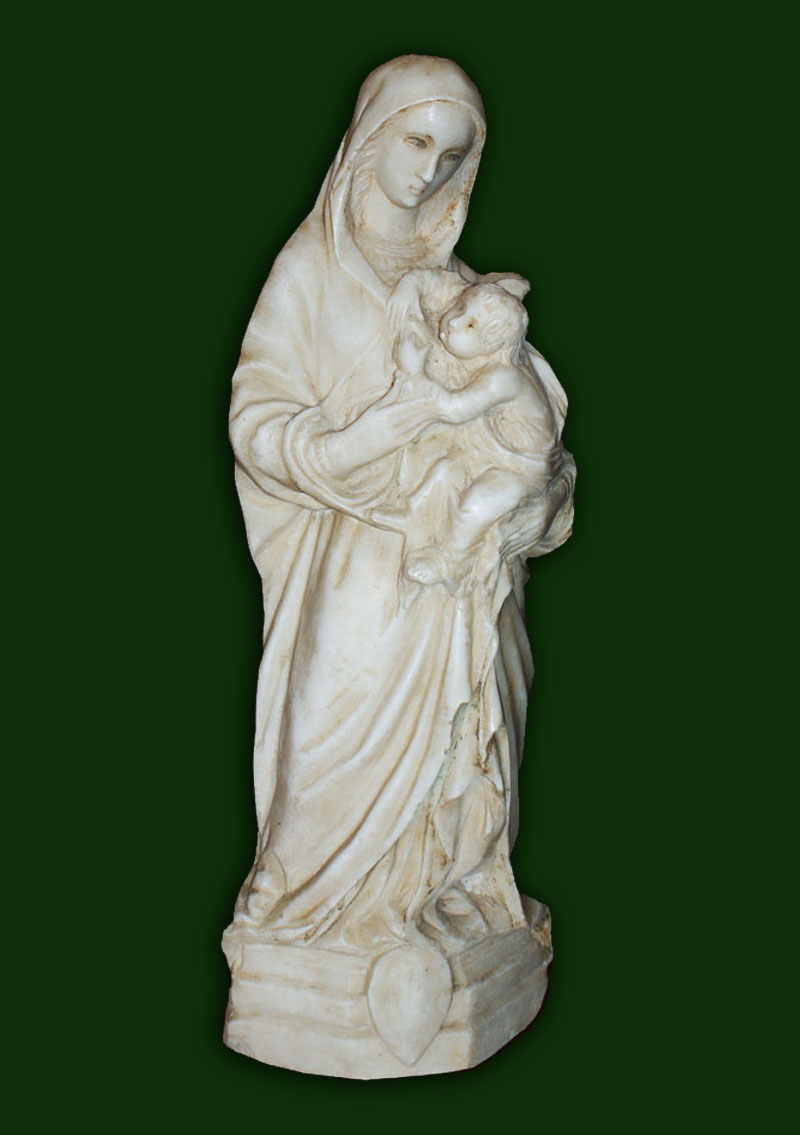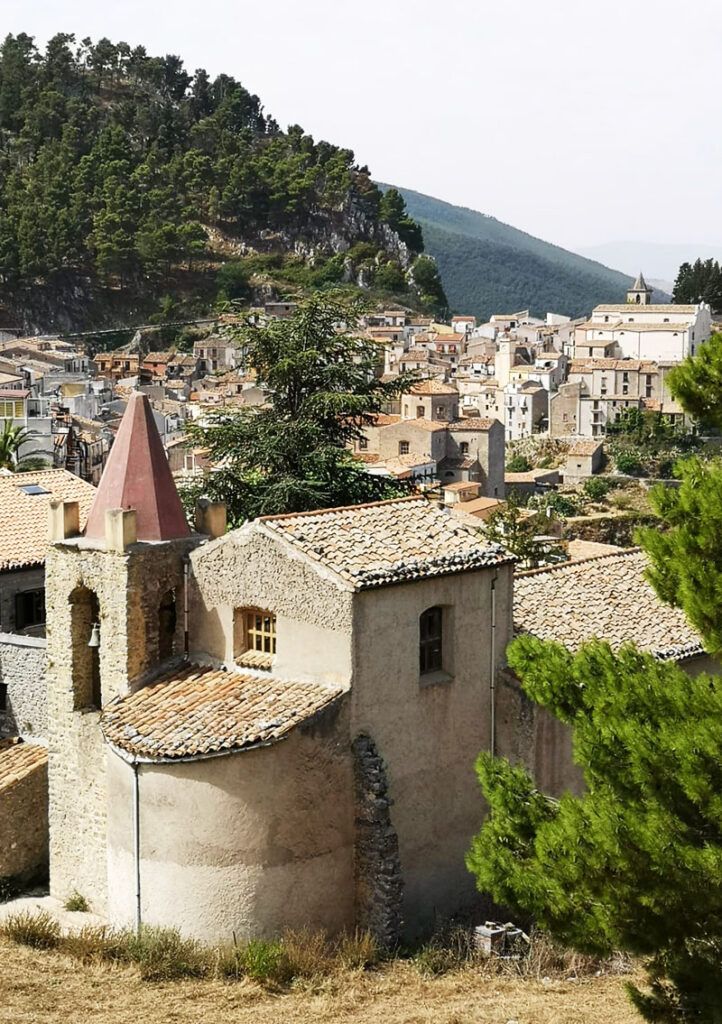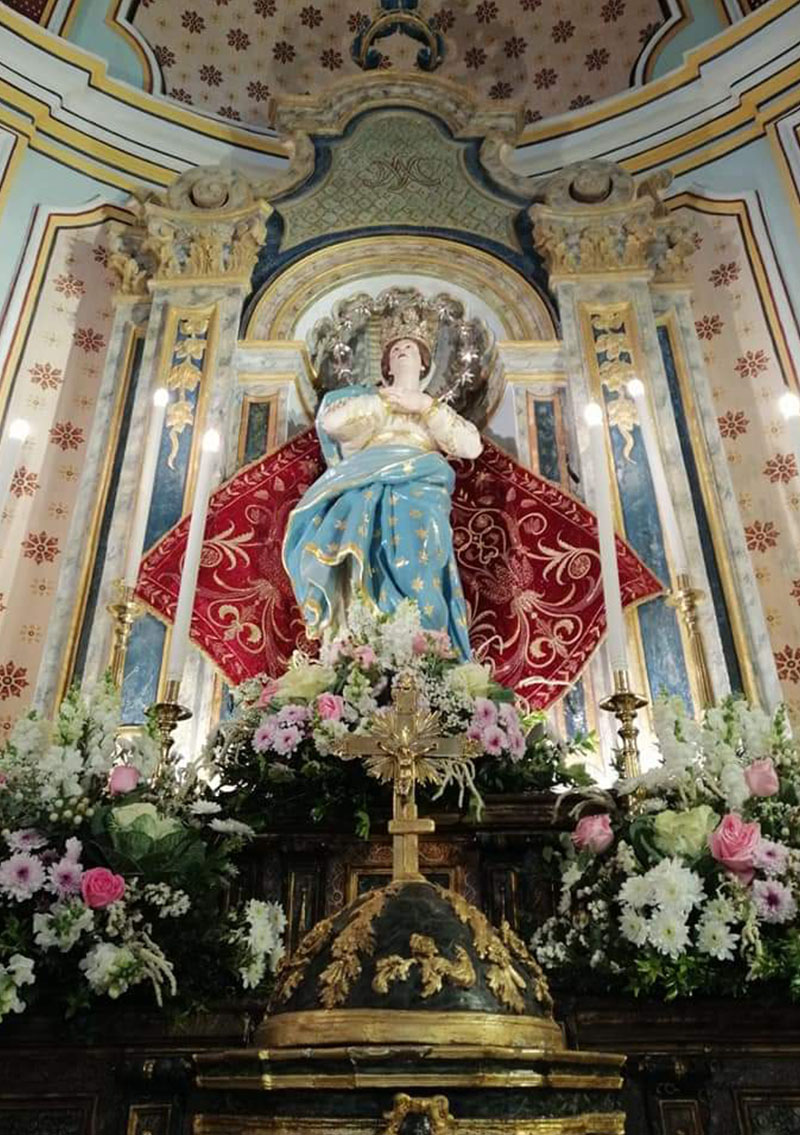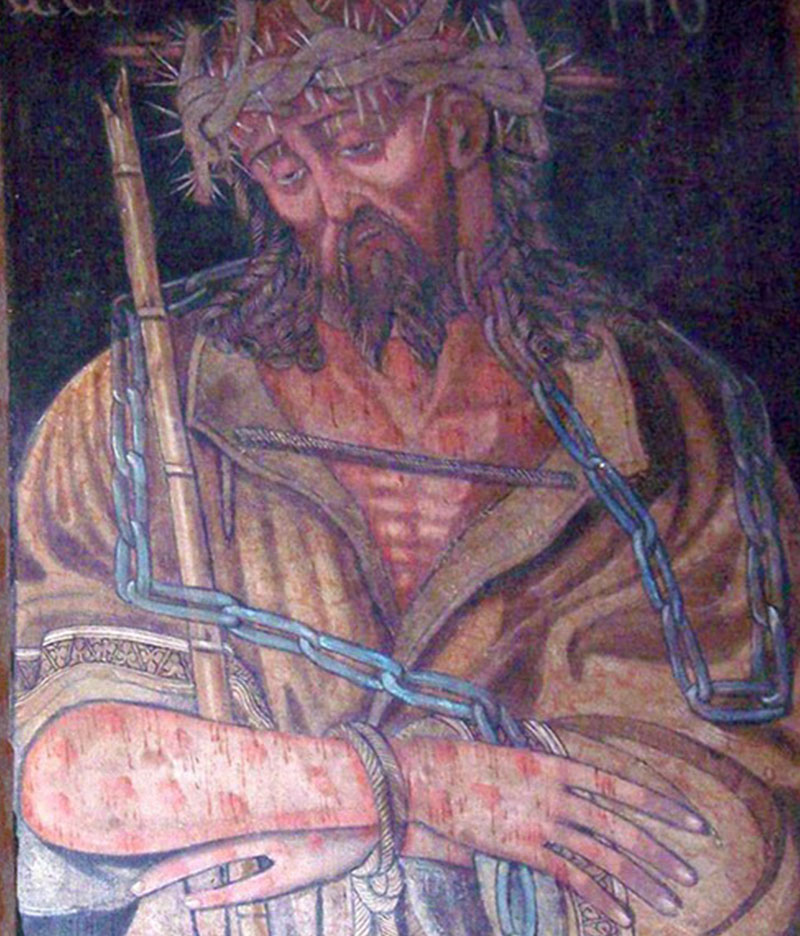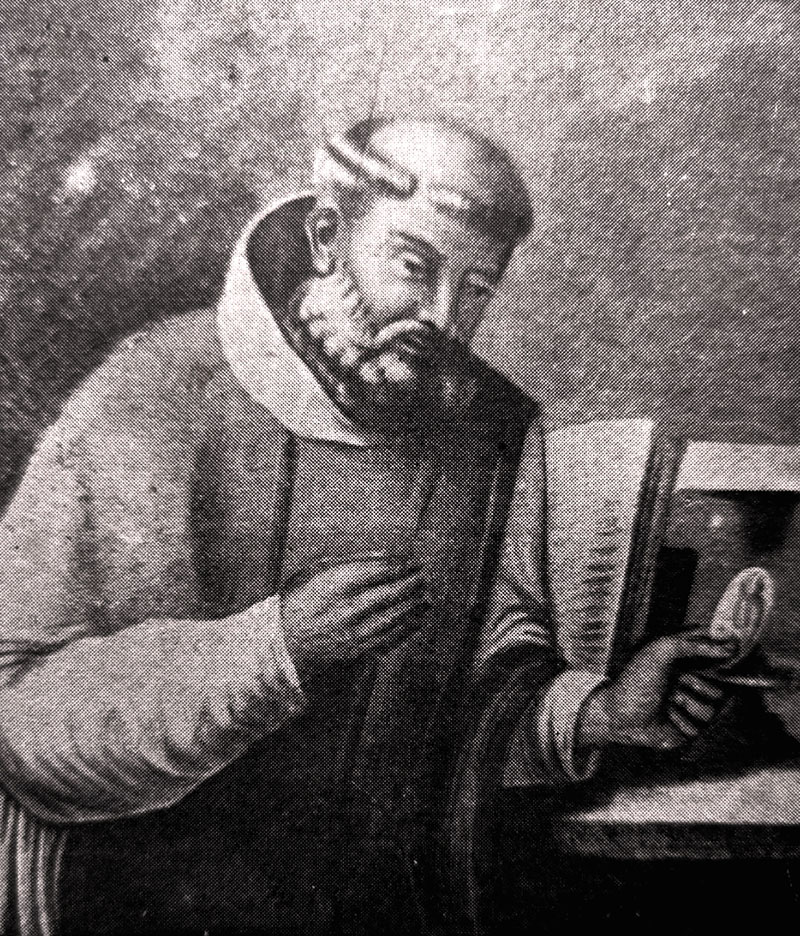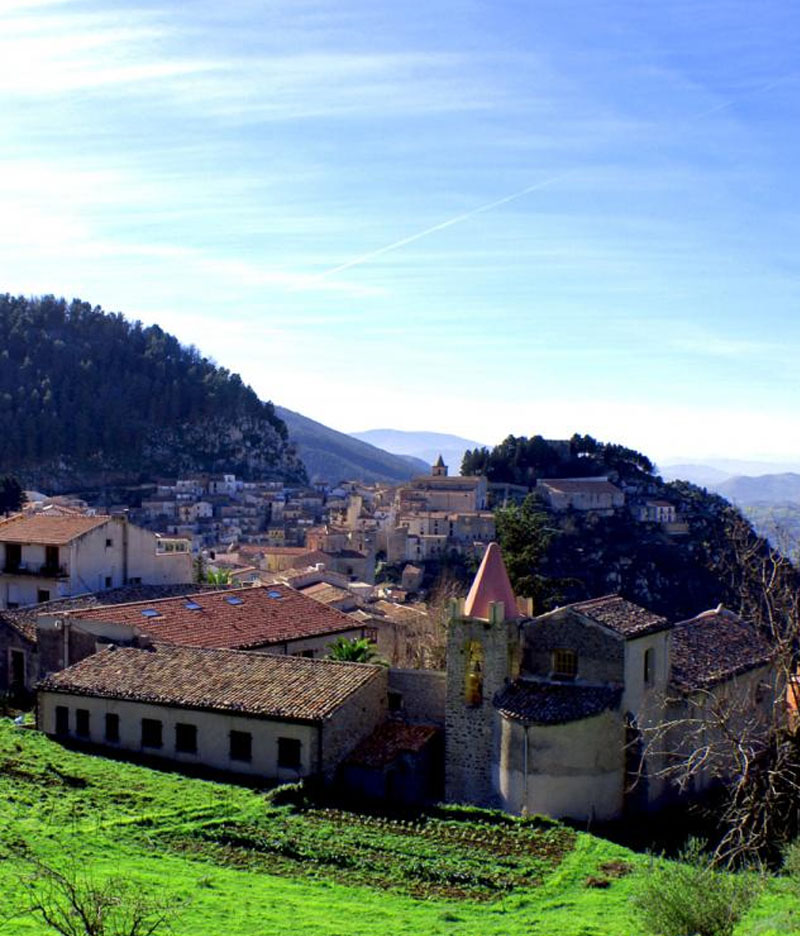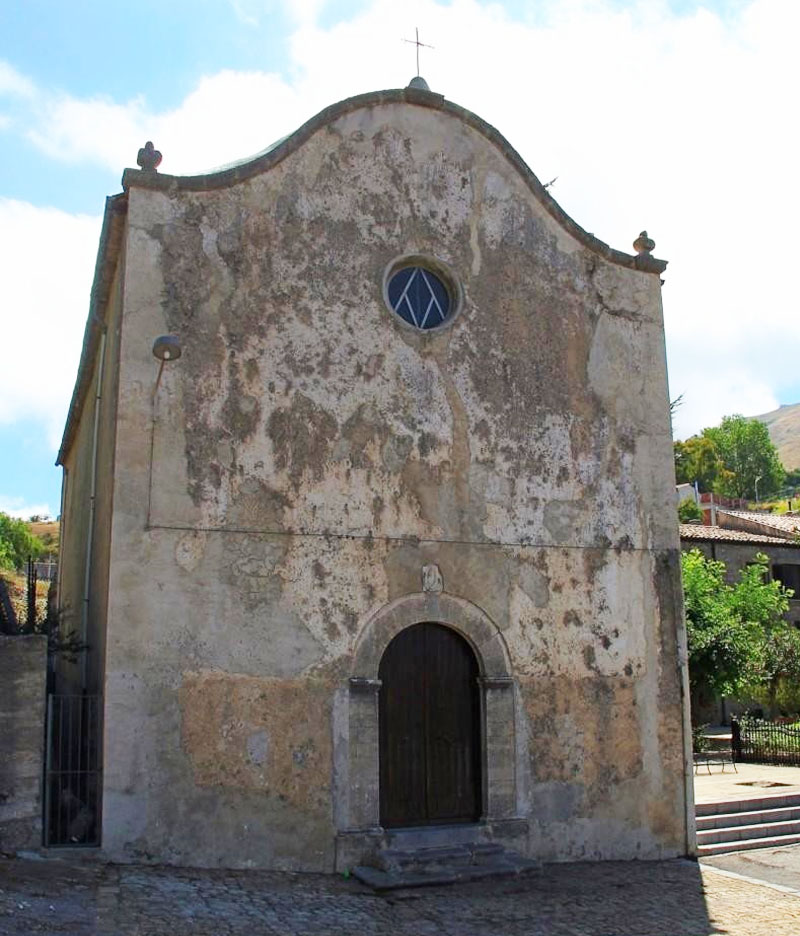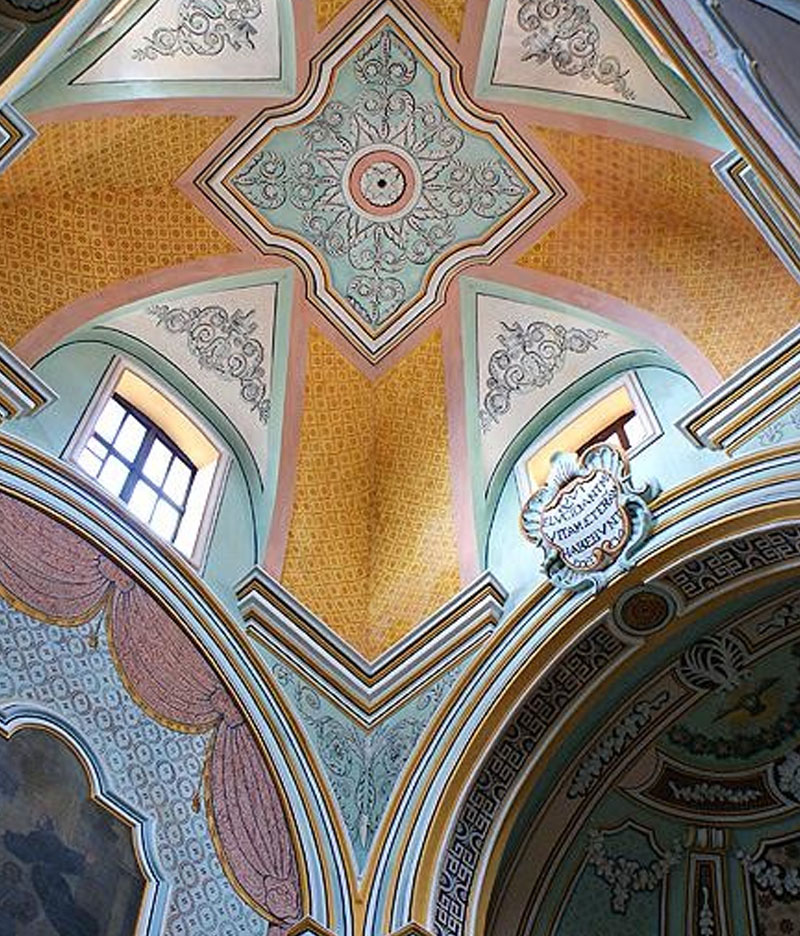Your basket is currently empty!
The Church Santa Maria of Jesus “ex moenia”, commonly called “Church of the nunnery”, is one of the oldest church in town, dating back to the 20th century. According to Carandino, it was founded by Gilberto of Monforte around 1150, and Pirri adds that it stood in the middle of an olive grove, outside the walls of the ancient castle.
The Nunnery was attached to the Church, it hosted Conventual Friars minor of St. Francis of Assisi from 1500 until 1886. On the other hand, there is no definite information about the first officiants, they were probably Benedictines.
It is certain, however, that in the first decades of the XVI century P. Sebastiano Majo from Gratteri (n.1504) was formed in this nunnery, later passed to the Capuchin Order and famous founder of the Convent of Maria S.S. of Gibilmanna.
Father Sebastian was a priest and mystic to whom appeared many times the face of Jesus crowned with Thorns in the Eucharist, for this reason he represented it in a canvas, today kept at the Convent of Gibilmanna.



